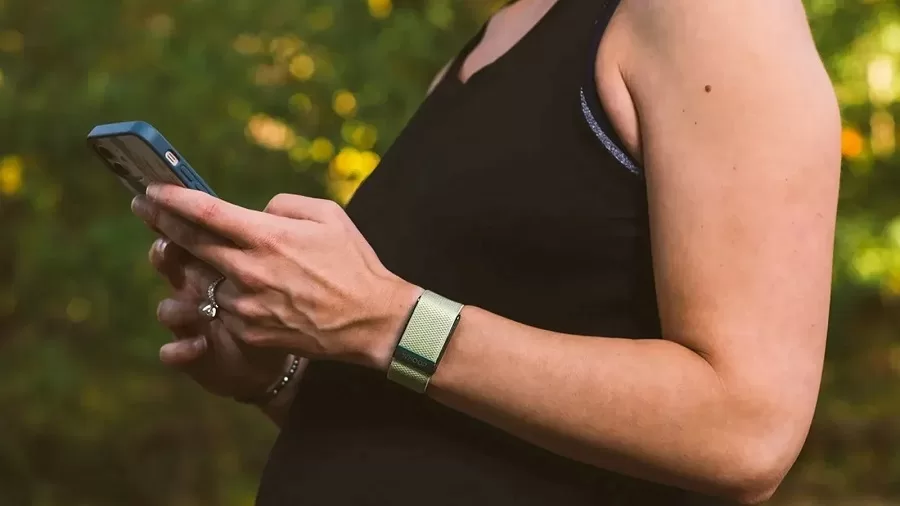Health
£200 Later, No Access: The Whoop Controversy Explained

- Whoop, with a valuation crossing $3.6 billion from 2021 onwards, unleashed a controversial hardware policy that left older 3.0 strap users unable to access the app unless they bought another strap, thereby embarrassing fitness tracker users around the globe, including those in the UK.
- A handful of App Store reviews indicate sudden orientation incompatibilities as well as poor communication, whereas users also claim, like surprise lockout, even with active subscriptions.
If you’re into fitness and like tracking how well you’re sleeping, recovering, and managing your workouts, you’ve likely come across Whoop. Maybe you’ve worn it on your wrist like I did.
Whoop is a premium fitness tracker that users around the world rely on for its recovery-based analytics. It doesn’t have a screen, but it collects detailed data on your body’s performance. While being used by elite athletes and regular people, it has become quite renowned internationally; indeed, it has garnered an avid following in the UK.
The company, founded in 2012, has raised hundreds of millions in funding and was valued at $3.6 billion by August 2021. Its model is unique: instead of selling the device outright, a monthly or annual subscription is paid for, and the device becomes inclusive.
However, recent changes in policies in terms of device compatibility have been met with vast distrust by its customer base, resulting in what many call a backlash for wearable technology.
Why Users Are Upset
Since the rollout of Whoop 4.0, users with older 3.0 straps have reported being informed that their hardware is no longer compatible. This affected app access and data tracking.
Some users received messages saying their strap was “incompatible”, even though it had previously worked without issues. These changes confused and frustrated subscribers, particularly those who had prepaid for longer membership plans.
Even users with active subscriptions reported being locked out of the app unless they upgraded to the newer version. As a result, they lost access to key features like fitness history, sleep data, and recovery scores.
What’s Actually Changing
Whoop explained that support for older bands was discontinued due to new hardware requirements. That said, many users expressed that their smart fitness bands were still in good condition and functioning correctly before the change.
A major point of contention was the lack of advance communication. Some subscribers said they only found out once they were already locked out of the app.
This shift has led to frustration and claims that Whoop pushed upgrades without transparency, fuelling concern within the global fitness tracker community, including significant voices from the UK.
As one UK-based user wrote on Reddit, “I’m being told my strap is invalid—when I paid for three years upfront. Now I either spend more money or lose my data.”
Impact on Loyalty and Trust
Trust is central to any relationship with a health tracking device. Whoop users allow the brand access to personal health metrics and expect stability in return.
This policy change appears to have breached that trust. While exact numbers vary, online complaints and negative reviews have noticeably increased.
App Store reviews reference terms like “locked out”, “forced upgrade”, and “unexpected restrictions”. The underlying issue isn’t the introduction of new hardware—it’s that continued access was cut off without clear alternatives.
What Other Brands Get Right
Trackers from brands like Garmin, Fitbit, and Apple generally support older devices well beyond their release cycles.
Even when new models are launched, users typically retain core app functionality without mandatory upgrades. This ensures continuity and user satisfaction.
By contrast, Whoop’s approach puts pressure on subscribers to replace their devices just to maintain access. That carries risks in a competitive market for smart fitness bands.
What You Can Do Before Subscribing
If you’re exploring fitness trackers, keep these questions in mind:
- Will you lose app access if the device becomes outdated?
- Can you keep using your existing strap for the full length of your subscription?
- Are policy changes communicated in advance?
As wearable tech becomes more subscription-driven, these points are worth checking before you commit.
Can Whoop Recover?
At this stage, Whoop hasn’t rolled back its policy or issued refunds. It says it’s listening to user feedback, but specific adjustments remain unclear.
Some users have paused or cancelled their Whoop subscriptions. Others are exploring alternative fitness trackers that offer more stable access.
Rebuilding trust won’t be impossible, but it will take proactive communication and a user-first approach.
As someone who once recommended Whoop to friends, I’m disappointed by how this has unfolded. I still believe in the value of health tracking—but not at the cost of surprise lockouts.
Until there’s clarity and fairness, I won’t be renewing.



















































